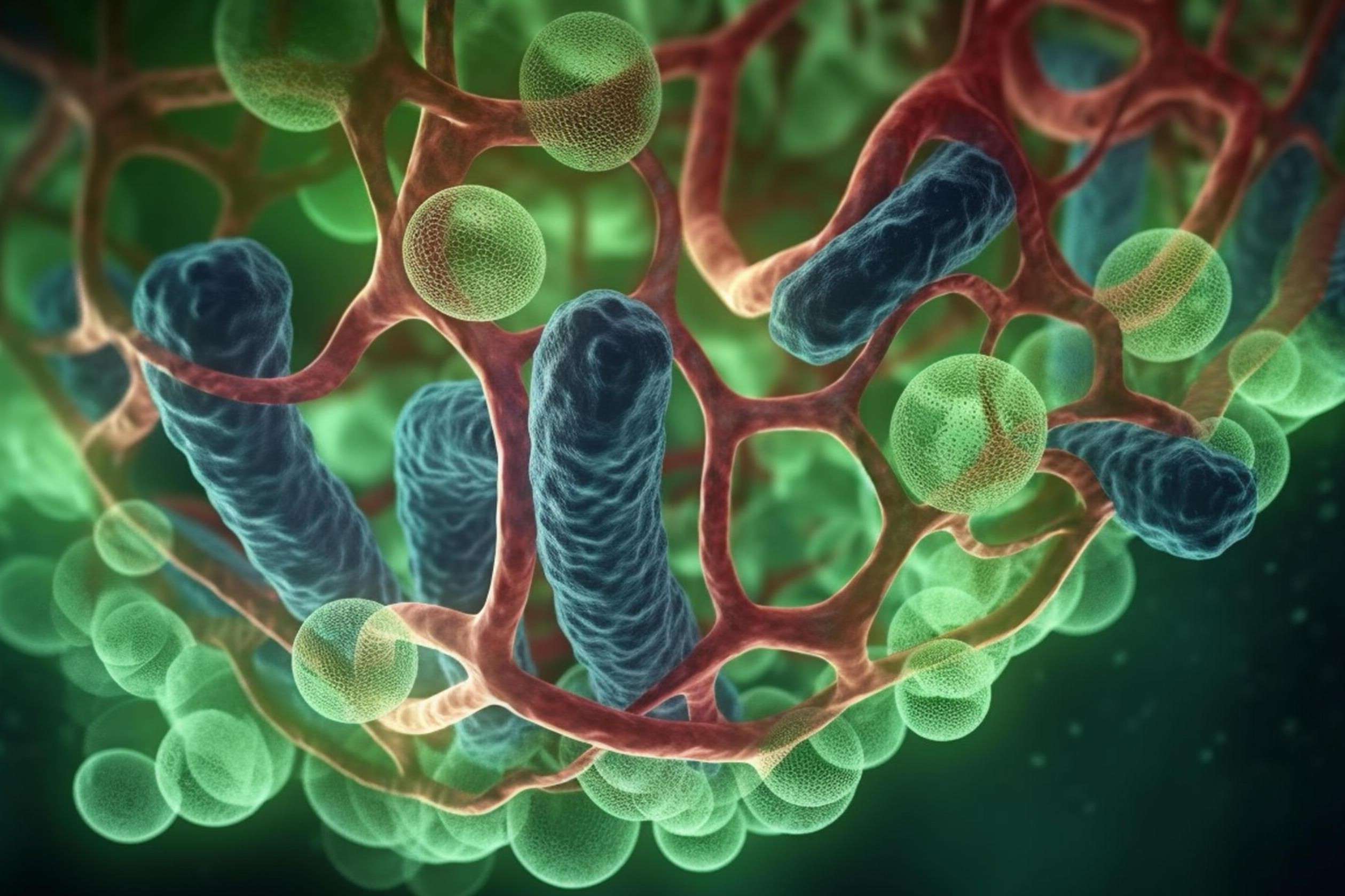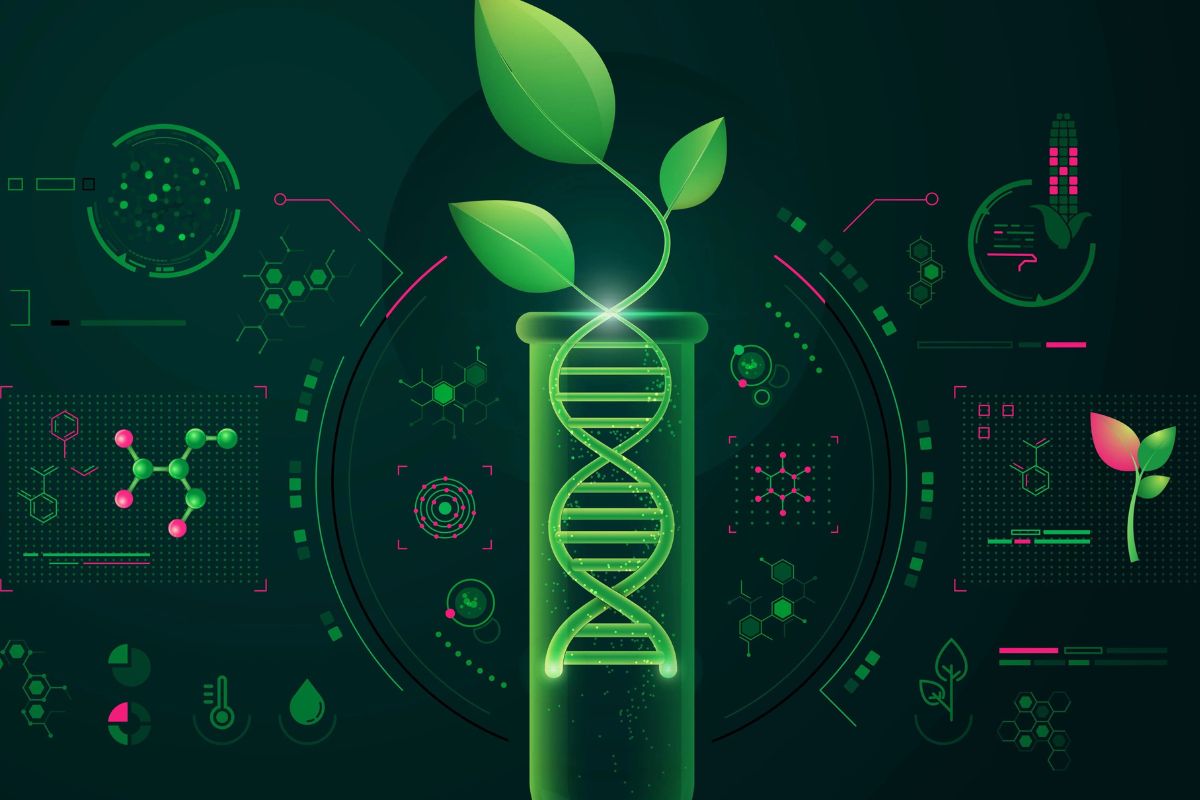
Cell respiration is a vital process that keeps every living organism alive. But what exactly happens during this process? Cell respiration is the method by which cells convert glucose and oxygen into energy, carbon dioxide, and water. This energy, stored in molecules called ATP, powers all cellular activities. Without it, life as we know it wouldn't exist. The process involves three main stages: glycolysis, the Krebs cycle, and the electron transport chain. Each stage plays a crucial role in breaking down glucose and capturing energy. Understanding cell respiration helps us grasp how our bodies function at a microscopic level. Ready to dive into 24 fascinating facts about this essential biological process? Let's get started!
What is Cellular Respiration?
Cellular respiration is a process that cells use to convert nutrients into energy. This energy is essential for various cellular activities. Here are some fascinating facts about this vital process.
-
Cellular respiration occurs in the mitochondria of cells, often referred to as the powerhouse of the cell.
-
The process involves breaking down glucose to produce energy in the form of ATP (adenosine triphosphate).
-
Cellular respiration can be aerobic (requires oxygen) or anaerobic (does not require oxygen).
-
Glycolysis is the first step in cellular respiration, occurring in the cytoplasm and producing pyruvate.
-
The Krebs cycle, also known as the citric acid cycle, takes place in the mitochondria and generates electron carriers.
-
The electron transport chain is the final stage, where most ATP is produced.
Aerobic vs. Anaerobic Respiration
Both types of respiration are crucial for different organisms and conditions. Let's explore their differences.
-
Aerobic respiration produces more ATP compared to anaerobic respiration.
-
Anaerobic respiration occurs in environments lacking oxygen, such as deep soil or human muscles during intense exercise.
-
Lactic acid fermentation is a type of anaerobic respiration that occurs in muscle cells, causing muscle fatigue.
-
Alcoholic fermentation is another form of anaerobic respiration, used by yeast to produce alcohol and carbon dioxide.
Importance of ATP
ATP is the energy currency of the cell. Understanding its role helps us appreciate cellular respiration even more.
-
ATP stores and transfers energy within cells, enabling various biological processes.
-
Each molecule of glucose can produce up to 38 ATP molecules through aerobic respiration.
-
ATP synthase is an enzyme that plays a crucial role in the production of ATP during the electron transport chain.
-
ATP is used in muscle contraction, nerve impulse propagation, and chemical synthesis.
Cellular Respiration in Plants
Plants also undergo cellular respiration, although they are primarily known for photosynthesis.
-
Plants perform cellular respiration in their mitochondria, just like animals.
-
During the night, plants rely solely on cellular respiration for energy, as photosynthesis requires light.
-
Cellular respiration in plants helps in growth, repair, and maintenance of cells.
-
The stomata in leaves allow for gas exchange, which is essential for both photosynthesis and respiration.
Cellular Respiration and Exercise
Exercise impacts cellular respiration significantly. Here's how.
-
During intense exercise, muscles switch to anaerobic respiration due to insufficient oxygen supply.
-
Oxygen debt occurs post-exercise, where the body needs extra oxygen to metabolize accumulated lactic acid.
-
Regular exercise enhances the efficiency of cellular respiration, improving overall endurance and stamina.
Cellular Respiration and Metabolism
Metabolism encompasses all chemical reactions in the body, including cellular respiration.
-
Cellular respiration is a catabolic process, breaking down molecules to release energy.
-
The basal metabolic rate (BMR) is influenced by the efficiency of cellular respiration.
-
Disorders in cellular respiration can lead to metabolic diseases, affecting energy production and overall health.
The Final Breath
Understanding cell respiration gives us a peek into the amazing processes keeping us alive. This complex series of reactions converts glucose into ATP, the energy currency of cells. Without it, life as we know it wouldn't exist. From the glycolysis in the cytoplasm to the Krebs cycle in the mitochondria, each step is crucial. Even the electron transport chain plays a vital role in producing energy efficiently.
Knowing these facts helps us appreciate how our bodies work tirelessly to keep us going. Next time you take a deep breath, remember the incredible journey your cells undertake to provide energy. This knowledge isn't just for scientists; it's for anyone curious about the inner workings of life. So, keep exploring, keep questioning, and stay fascinated by the wonders of cell respiration.
Was this page helpful?
Our commitment to delivering trustworthy and engaging content is at the heart of what we do. Each fact on our site is contributed by real users like you, bringing a wealth of diverse insights and information. To ensure the highest standards of accuracy and reliability, our dedicated editors meticulously review each submission. This process guarantees that the facts we share are not only fascinating but also credible. Trust in our commitment to quality and authenticity as you explore and learn with us.


